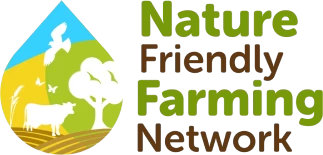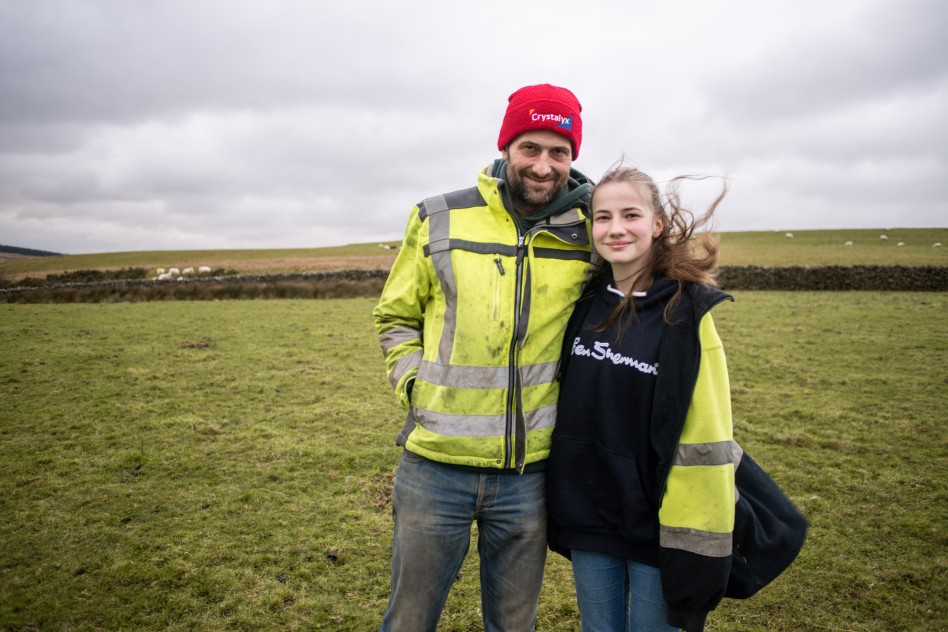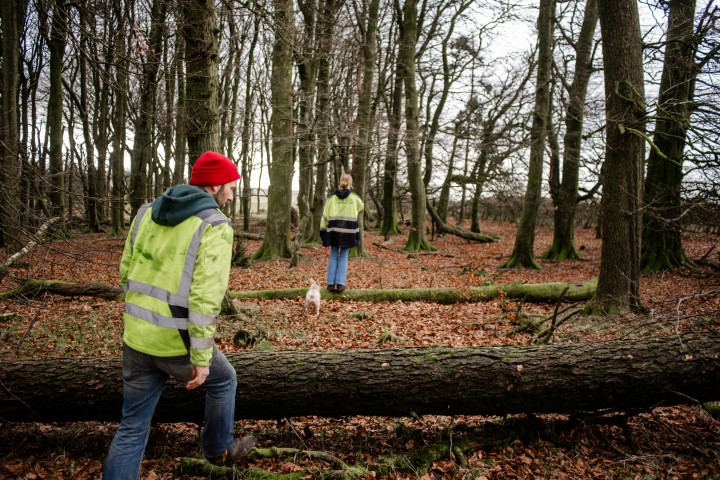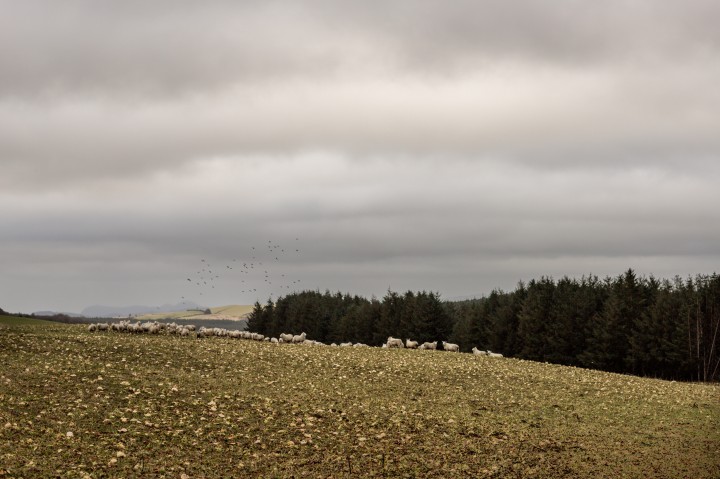By almost any standards, Carreg-y-Bîg is off the beaten track. Located in the heart of Wales, about 20 miles from the towns of Welshpool and Newtown, the farm is three miles from the nearest asphalt road, and its track has six gates. This remote spot is where father-and-daughter team Ifan and Rhiannon Davies farm 220 acres of the Montgomeryshire Plateau in a nature-friendly way.
Ifan’s parents bought the farm and turned a collection of derelict, roofless buildings and neglected land covered in tussocky grass into a family home and a working operation. Initially, Ifan says his parents felt pressure to farm in an intensive way, but before he returned home to run the operation, this had changed to a more nature-friendly approach, with lower stock levels, hedge planting and the creation of new woodlands around the site.
Now Carreg-y-Bîg is home to around 225 ewes and 60 or so replacements, mostly North Country Cheviot sheep with a flock of around 30 Balwen Welsh Mountain sheep, a rare breed. This is a reduction from the 650 ewes plus replacements and a couple of dozen cows that were there when stock levels were highest. Ifan said the decision to farm in a lower-input system was arrived at for a variety of reasons, including the business’ bottom line.






